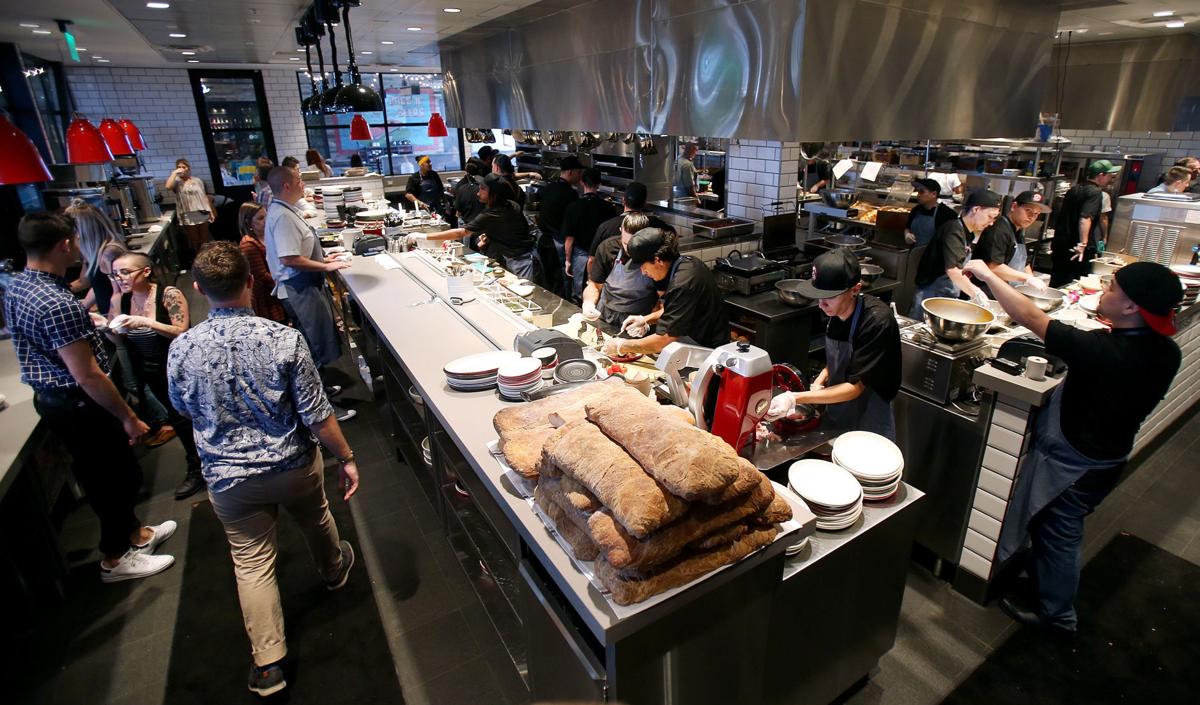Arizona’s seasonally adjusted jobless rate dropped to 4.7 percent last month, the lowest rate in nearly a decade.
The decline of three-tenths of a point came as private-sector employers said they added 10,300 new workers between August and September. Overall private employment is up by 33,700 from the same time a year earlier.
But the declining unemployment numbers are having an effect beyond more people finding work.
Doug Walls, research administrator for the state Office of Economic Opportunity, said wages in Arizona are up by 5.2 percent in the past year, compared to just 2.9 percent nationally.
“The available supply of labor is tightening,” he said. “In order to entice individuals to be employed by a specific business, one of the ways they can do that is by increasing wages ... and make their job postings more competitive.”
But Walls conceded there could be another factor driving up the average wage.
A measure approved by voters last year boosted the state’s minimum wage from $8.05 an hour to $10. One out of every seven people working for private employers in Arizona is in the leisure and hospitality industry, the sector that has traditionally had among the lowest wages and the sector where a large percentage of workers are at the bottom of the pay scale.
In fact, bars and restaurants added 13,700 workers in the past year, more than any other sector of the Arizona economy. That translates to a 6.1 percent year-over-year jump versus the 1.5 percent increase in overall private sector employment.
Manufacturing employment, traditionally among the higher wage jobs, did drop by 700 last month. But even with that, the number of people working in that industry is still up by 4,400 in the past year, a growth rate of 2.8 percent.
By contrast, Walls said manufacturing employment nationally is up by just 1.0 percent year over year.
Within two hours of the release, Gov. Doug Ducey claimed credit for the big drop in the unemployment rate.
“My administration will continue to work to keep government out of the way of innovative ideas and technology so that Arizona can continue to be a land of opportunity for all,” he said in a prepared statement about the report.
But Ducey did not mention that the biggest increase in employment was in those lower-paying bar and restaurant jobs. Nor did he acknowledge that state’s unemployment rate still remains a half point above the national average of 4.2 percent, its lowest point since February 2001.
There was a notable exception to the positive trend that is showing up throughout most of the state and much of the nation.
Walls noted that Pima County employers shed 300 private sector jobs last month. And overall private employment in the area is down by 2,400 from last year.
About the healthiest sector of the Pima economy is in the traditionally lower-paying jobs in bars and restaurants. But even here, the growth was just 4.5 percent, lagging the rest of the state.
University of Arizona economist George Hammond said there’s a couple of good reasons for the area’s lackluster growth. And it starts with the lack of diversity in the economy.
“Pima County, the Tucson metro area, is very concentrated in government activity,” he said.
Hammond said that, in terms of gross domestic product, the portion linked to the military is roughly double the national average.
Hammond said the area is still suffering from the effects of “sequestration,” the automatic cuts going back to 2013 in both military and civilian spending.
And then there’s the fact that nearly 18 percent of the jobs in Pima County are in state and local government, including education, versus 13.3 percent statewide.
And there’s something else.
Hammond said the dollar is up 37 percent against the peso since mid-2014.
“That’s putting some downward pressure on Mexican visitor spending, particularly in the southern part of the state,” he said.
Hammond acknowledged the latest employment report shows Pima County lost 500 jobs in professional and business service. By contrast, the state as a whole gained 1,400 in that sector.
But Hammond said the numbers may be misleading. He said other data he has seen suggests that sector of the economy is not as weak as these numbers would suggest, saying he believes that will be reflected in future employment reports.





